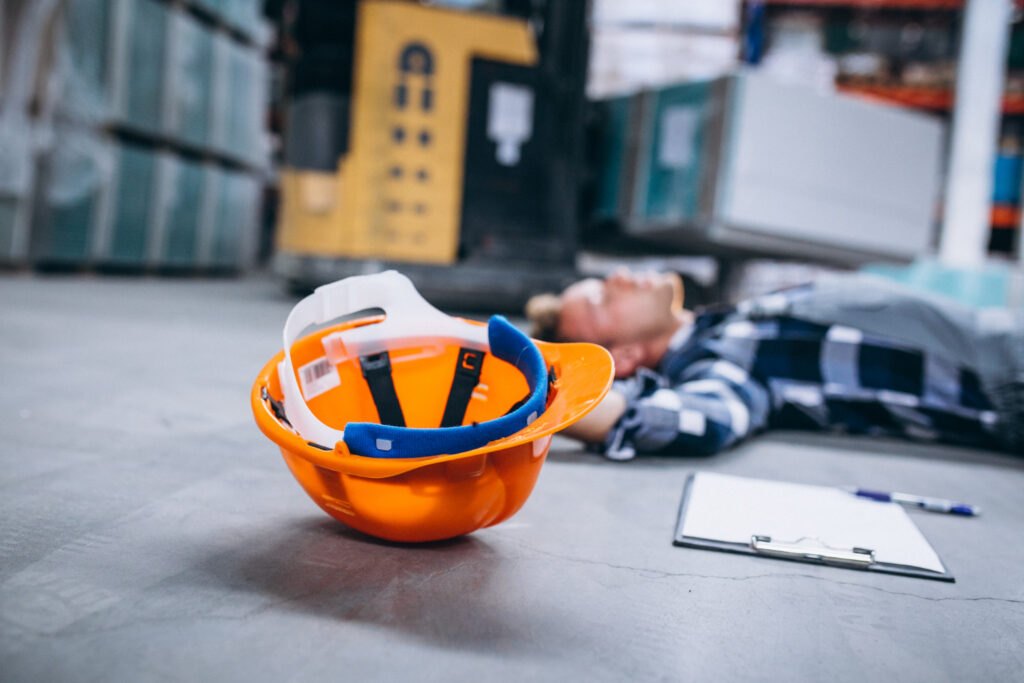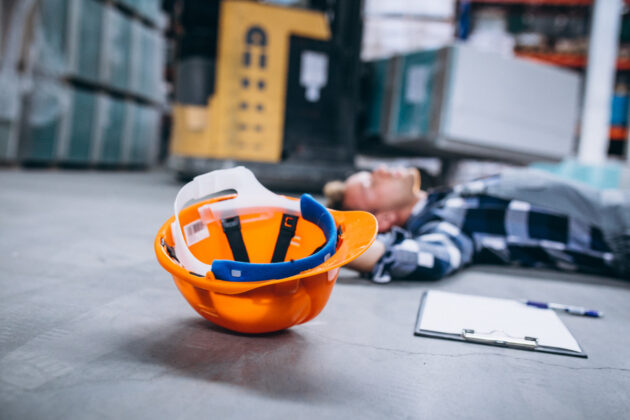
Construction sites pose significant risks due to strict safety measures despite proper training and equipment use. However, if safety protocols aren’t followed, workers may suffer severe injuries or life-threatening conditions. Construction accident attorneys are crucial in advocating for injured workers, securing compensation, and holding responsible parties accountable, ultimately promoting a safer work environment.
Table of Contents
The Importance of Construction Safety
In the bustling world of construction, safety is paramount. Safety is not merely about compliance—it’s about safeguarding lives and enhancing operational efficiency. Every year, countless workers face life-threatening incidents due to inadequate safety practices. Notably, San Jose construction accident attorneys highlight the importance of rigorous safety standards to prevent accidents and protect workers’ rights. Safe workplaces boost morale, reduce downtime caused by accidents, and foster a culture of trust and responsibility.
Common Hazards in the Construction Industry
Construction sites are inherently hazardous, posing several risks that require proactive management. These sites frequently involve working at heights, utilizing formidable machinery, and exposure to harmful chemicals. Construction-related incidents often involve falls, equipment mishandling, and electrical hazards, leading to severe injuries or fatalities. To address these issues, the industry has prioritized strategies such as installing guardrails, ensuring secure scaffolding, and conducting regular safety inspections. These practices significantly minimize risks and protect workers from potential harm.
Implementation of Safety Measures
Integrating effective safety measures into daily operations is crucial to reducing workplace hazards. Personal Protective Equipment (PPE) like helmets, gloves, and safety harnesses provide fundamental protection against many construction site dangers. Consistent site assessments can identify new hazards and ensure ongoing compliance with safety standards. Implementing strict safety protocols and emergency response plans prepares workers for unexpected incidents, fostering a sense of readiness and security. Safety drills and regular evaluations promote a culture of caution and preparedness, essential for maintaining high safety standards.
The Role of Technology in Enhancing Safety
The construction industry has seen a significant improvement in safety practices due to the introduction of advanced technology tools. Drones are increasingly used for aerial inspections, offering a bird’s-eye view of potential site hazards. Wearable sensors monitor workers’ vitals, alerting them to exhaustion or risky conditions. Virtual reality training modules provide immersive safety training, simulating real-life construction scenarios. These advancements improve safety and streamline project management, increasing efficiency and reducing costs. By embracing technology, construction companies can offer safer work environments and optimize their operational processes.
Effective Training Programs for Workers
Robust training programs equip workers with the knowledge and skills to navigate safety challenges effectively. Comprehensive programs involve theoretical learning and practical exercises, enabling workers to apply their knowledge in real-world scenarios. Regular refresher courses and safety workshops keep employees updated with the latest safety procedures and industry advancements. Engaging in safety seminars promotes awareness and encourages a culture of continuous learning and adaptation. By investing in the professional development of their workforce, companies can ensure a safer and more competent team.
Impact of Accidents and Injury Claims
Construction accidents have far-reaching implications, affecting the injured workers and the company’s financial health and reputation. Injury claims can lead to substantial compensation payouts, increased insurance premiums, and project delays. Beyond economic costs, accidents can damage a company’s reputation, eroding trust with clients and employees. Proactively managing safety by identifying risks and implementing preventive measures reduces the likelihood of accidents and associated claims. This approach enhances operational efficiency and positions construction companies as safe and trustworthy employers.
